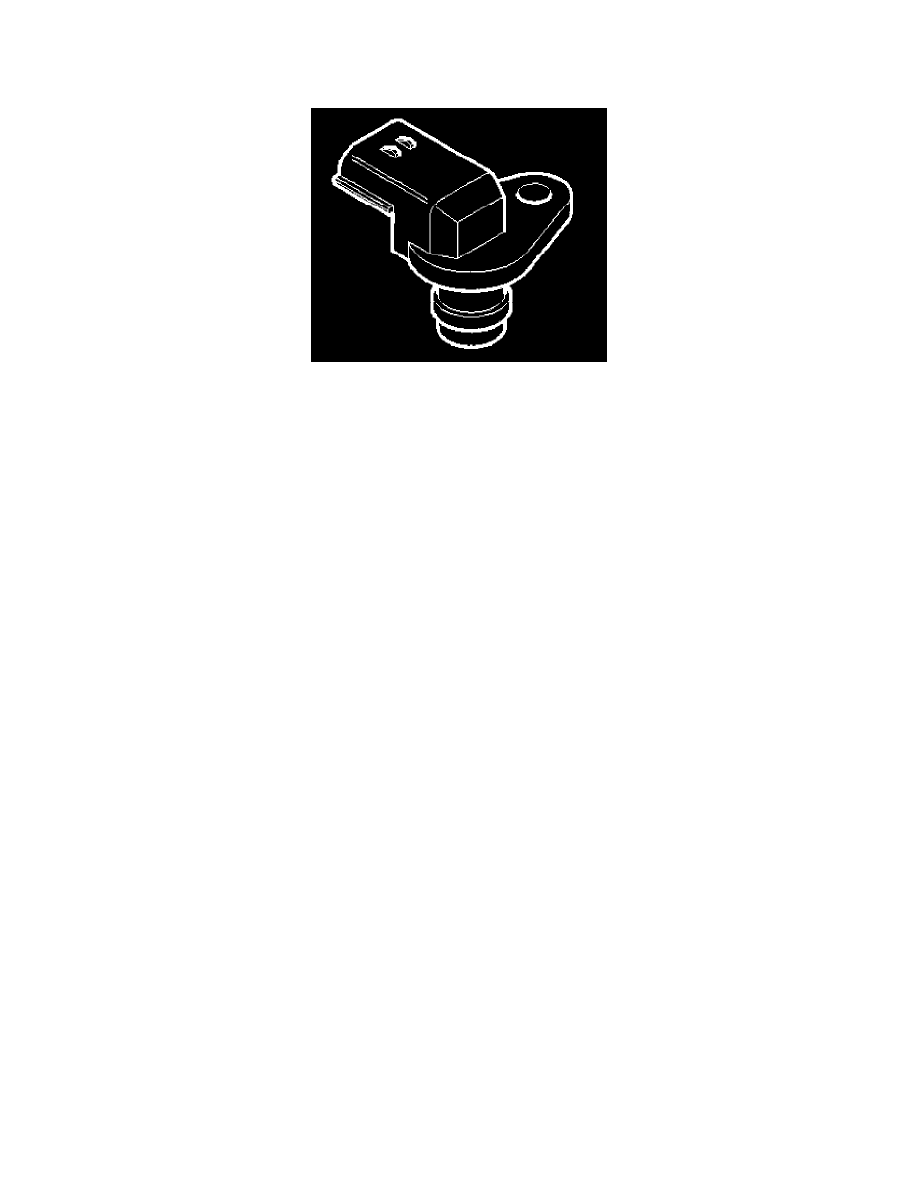S60 L5-2.4L VIN 64 B5244S6 (2003)

Camshaft Position Sensor: Description and Operation
Camshaft Sensor
The Engine Control Module (ECM) uses the signals from the camshaft position (CMP) sensor and the engine speed (RPM) sensor to establish the
operating cycle of the engine. This enables the engine control module (ECM) to:
-
start the engine more quickly
-
control the correct ignition coil and injector
-
function as a substitute for the engine speed (RPM) sensor
-
check the camshaft continuous variable valve timing (CVVT).
The pulse wheel on the camshaft has five teeth with different gaps which correspond to a specific cylinder.
For further information, also see: Knock sensor (KS), Engine speed (RPM) sensor and Function
The sensor, which is a magnetic resistor with a permanent magnet, is grounded in the control module and supplied with current from the control module.
The signal voltage varies with the shape of the camshaft pulse wheel. When one of the teeth on the camshaft pulse wheel passes the camshaft position
(CMP) sensor, a signal is transmitted to the engine control module (ECM) from the camshaft position (CMP) sensor. A low signal is transmitted to the
engine control module (ECM) when the camshaft position (CMP) sensor is between two teeth.
The camshaft position (CMP) sensor is positioned at the rear of the engine on the camshaft with continuous variable valve timing (CVVT). On vehicles
with twin camshaft position sensors, the signals are offset in relation to each other. This allows the cylinder to be identified more quickly.
The engine control module (ECM) can diagnose the camshaft position (CMP) sensor.
